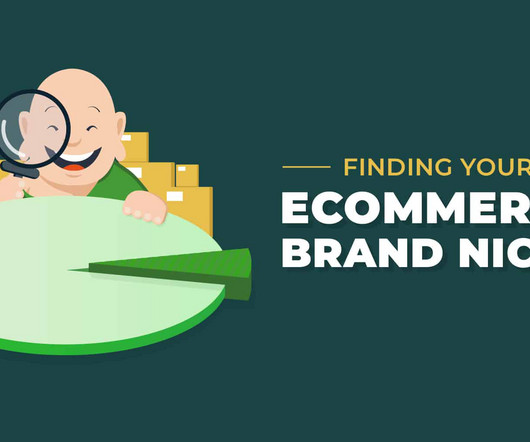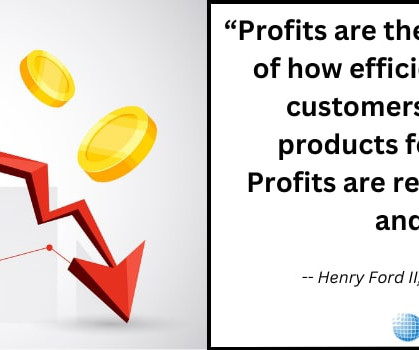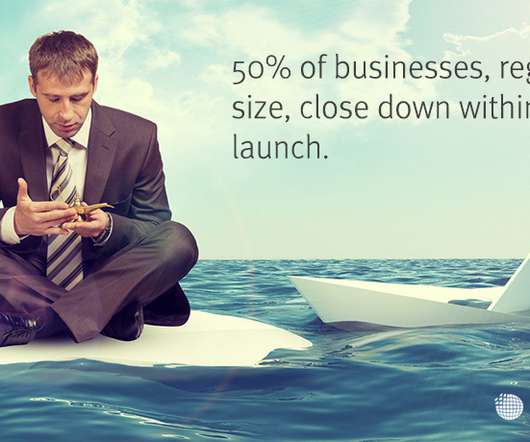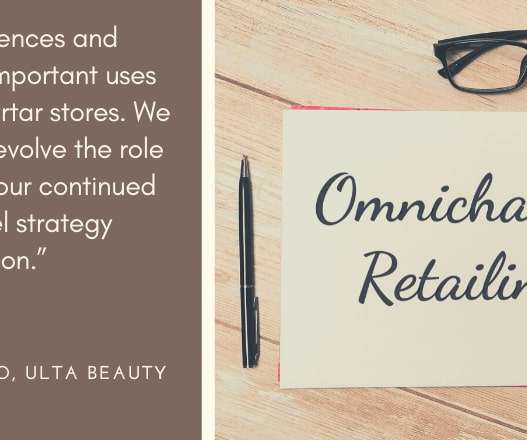Finding Your Ecommerce Brand Niche
Ship Monk
AUGUST 2, 2023
You decide to launch an ecommerce store to sell this idea because it’s the greatest idea ever and can’t possibly fail. Part of the process is doing your homework and identifying your ecommerce niche. What is an ecommerce niche? What is an Ecommerce Niche? Let’s assume you’re an entrepreneur with a great idea.














Let's personalize your content